Introducing BMW i3
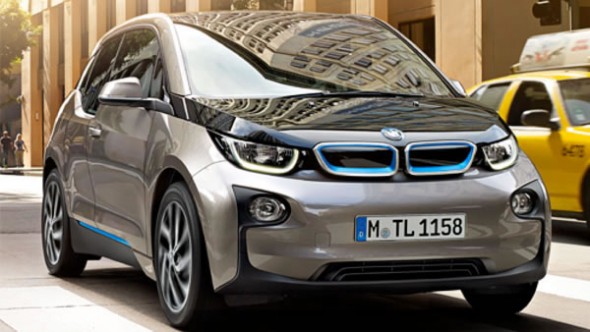
Just a couple of years back the idea of electric vehicles had little acceptance with masses as the fear attached to the environment friendly vehicles outweighed its immense promise. Back then, the technology was still a work in progress and the lack of range and charging issues impeded sales. But since then, EVs have not only become more refined but have successfully been able to shed its celebrity toy image. BMW, a company know to build driver focused cars, entered the market by launching its first mass-production electric vehicle, the i3, in July this year. With its radical design, the i3 exhibits a superior level of sophistication. Designed ground up to be powered by an electric drive system, BMW claims the i3 doesn’t compromise on driving pleasure and feels natural, just like regular cars.
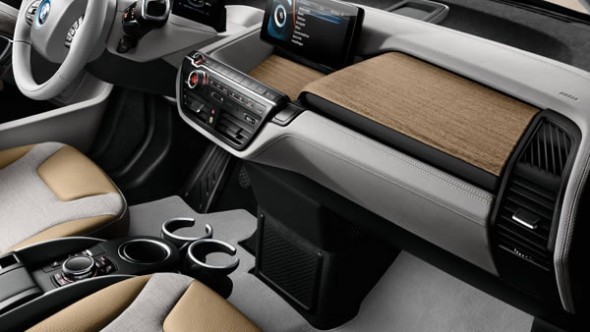
Different industrialized countries across the globe have progressively been tweaking their policies to put in their bit of contribution to improve the mass-market appeal of EVs and PHEVs. Though UK has been lagging behind some of the other European markets in terms of the sales of EVs but recent government efforts have brought some positive changes. The UK government is offering a grant of £5,000 on the BMW i3. Buyers in the UK can save some more on the i3 by buying bespoke electric car insurance from ‘The Green Insurance Company’. The company is offering some great deals for the brand new EV in the market.
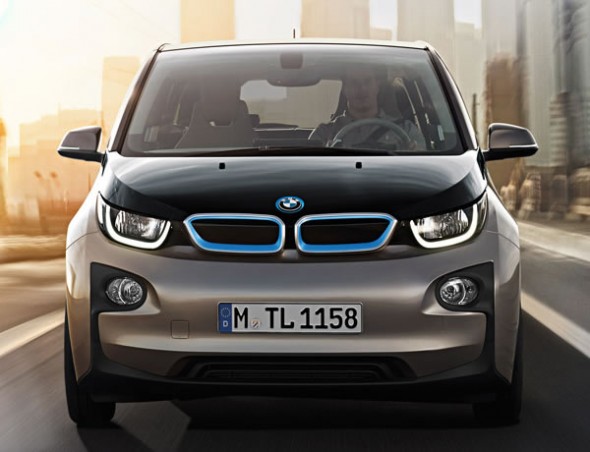
The BMW i3 has a compact tall-hatchback design and measures less than 4 meters in length. Except the split kidney grille on the front, it’s thematically quite different than usual design DNA and bears minimal resemblance to BMW’s family tree. Unlike any previous BMW production car, the i3 has been styled to look modern with its unconventional lines and curves which is going to be a trademark of all i sub-brand cars. It sits tall on 19-inch wheels but has very thin 155mm tires to reduce drag and effectively extend the range.
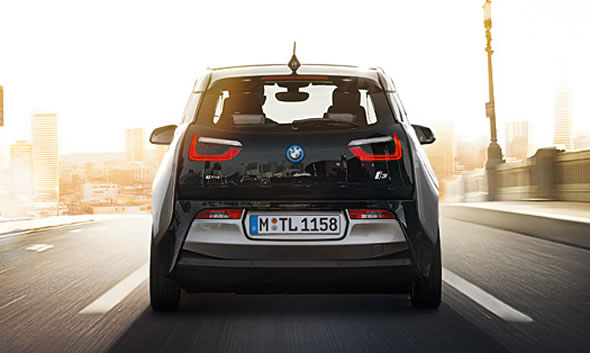
A unique feature of the BMW i3 is its LifeDrive module or knows as the skateboard platform construction concept. It will be the first production car to use this architecture in which a carbon fiber reinforced plastic (CFRP) bodyshell sits on top of an aluminum chassis. This cost effective measure not only increases the safety of the passenger shell but also compensates for the heavy batteries by being extremely light. Though the i3 might look like a 2-door car as the rear doors are not noticeable when closed. They are hinged to the rear side and open in a suicide door arrangement as there are no B pillars in the i3.
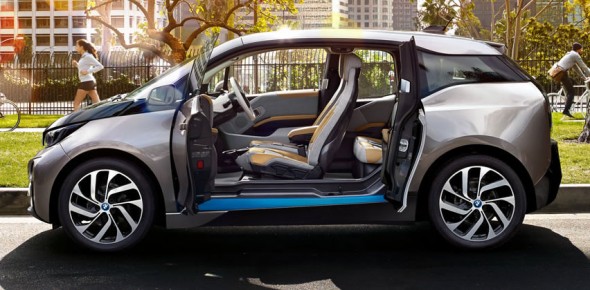
On the inside, the cabin carries a more traditional BMW theme but looks remarkably modern thanks to some fine touches. Usage of cotton for the door panel trim and Eucalyptus wood for dashboard inserts give it a premium feel while being environmentally friendly. The German automaker claims that 25 per cent of the plastic used on the inside is from recycled material and seat upholstery is made up of 100 percent recycled fibers.
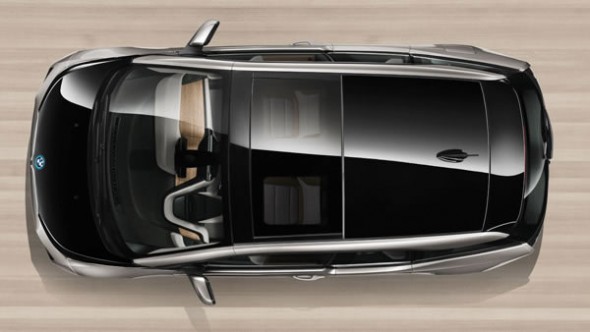
BMW will offer the i3 in two different variants as far as the drivetrain is concerned. The pure EV i3 comes with a rear mounted electric motor that churns out 167bhp and 184lb ft of torque which is powered by an 18.8kWh lithium-ion battery pack mounted low to keep the center of gravity as low as possible. Thanks to all the weight saving measures the pure EV i3 weighs only 1195kg. It offers three driving modes to choose from − Comfort, Eco Pro and Eco Pro + and has a claimed range of 80-100 miles.
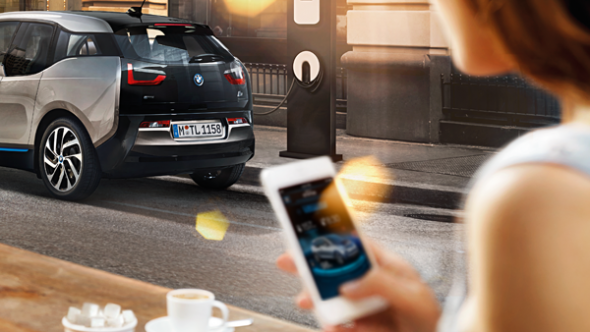
The Range Extender version of i3 has a tiny 650cc two cylinder petrol engine which acts as a generator to charge the battery rather than powering the wheels. It effectively doubles the range of the i3 by giving it maximum range in day-to-day driving to around 180 miles on one tank of fuel. The Range Extender weighs 1315kg and this gain in weight effects the performance slightly. The pure EV i3 can do the 0-62mph in 7.2sec while the Range Extender takes 7.9sec.
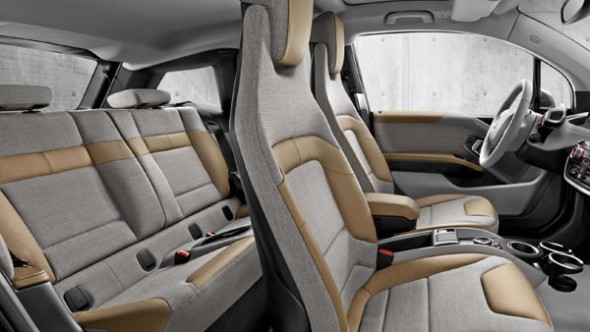
Though the i3 is definitely not a long range car but it offers a good enough range to cover most of the people’s daily needs, but the Range Extender is definitely the more practical option out of the two. As per BMW, the battery pack takes eight hours to charge from a regular wall charger and just three hours using the fast-charging “i Wallbox” that BMW will sell along the car. Also the fast charging stations set up by BMW can charge the battery to 80 percent under 30 minutes.
With a price tag of £33,830 or $54,500 approximately (without government subsidies) it’s not cheap. Nevertheless, it’s definitely the best driving and the sharpest handling premium quality EV to hit the market. Will it be a game changer? We’ll have to wait and see but, no doubt, it heralds a new era of automobiles by making EVs more mainstream, more acceptable.
[BMW-i3]